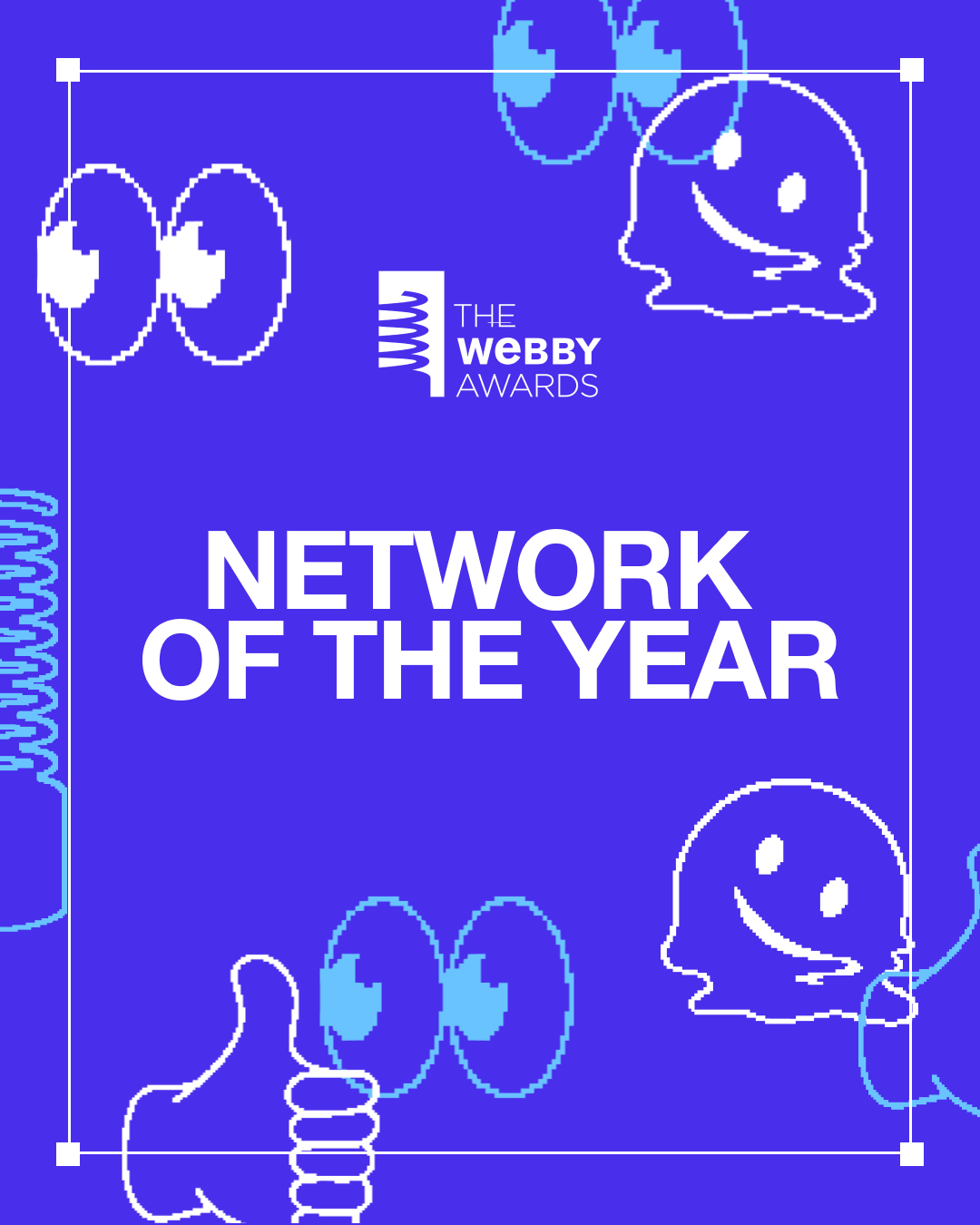Emotion AI will disrupt your marketing strategy


Executive Creative Director
It’s no secret that our emotions drive our behaviours. But what if brands could leverage those emotions to deliver powerful messages that truly resonate with consumers? Believe it or not, this is already a reality thanks to Artificial Emotional Intelligence (emotion AI). This technology combines behavioural and sensory data enabling brands to hyper-personalise physical and digital experiences both online and offline thus increasing sales. So how will this technology fundamentally change how we cater to consumers?
What is Artificial Emotional Intelligence?
Emotion AI is a form of emotion detection technology. It enables everyday objects to recognise our verbal and non-verbal behaviour and respond accordingly. Numerous tech giants and startups have been investing in emotion AI for over a decade using various means such as algorithms, facial recognition and voice analysis to recognise human emotions. This disrupting technology will likely affect all industries from video games to marketing. It has the power to create more personalised user experiences and could help brands achieve real-time empathetic marketing, a concept that was once thought to be impossible. And at a time when consumers are demanding a more human approach to marketing, this tech could help accomplish just that.
The potential of emotion AI
Humans still have the upper hand when it comes to reading emotions but machines are gaining more ground using their own strengths: analysing large amounts of data in the blink of an eye. All of this data allows brands to develop a deeper, more nuanced understanding of their customers through recognising and interpreting human emotions. For Example, Affectiva is a Boston based company which specialises in automotive AI and advertising research. With the customer’s consent, they use emotion AI technology to capture macro and micro facial reactions to an advertisement. This allows a company to know what people really think of their ads and to know their purchase intent after watching an advertising video. Meaning brands could refine their ads and marketing messages to ensure they send the right message to their desired target audience. One study found that sales increased by double digits when an advert had a positive emotional effect on people. So this developing technology enables marketers to create highly personalised and targeted ads and messages to, ultimately, increase sales. Meaning your brand can stand out from the crowd by engaging buyers in various customised ways throughout the sales funnel.
Apart from online advertising, this technology can also be used to further engage customers and build lasting relationships with them. For instance, marketers could implement chatbots which use AI technology to identify a customer’s personality traits and what drives their emotional responses regarding a company’s product selection or services. Based on an individual’s answers, the chatbot could direct them towards the most appropriate website content or, alternatively, a live customer service agent. Such a simple tactic can be used by all industries to deliver a more relevant message to consumers. This is particularly important for B2B companies as on average, according to Google research, B2B customers are more emotionally connected to their vendors and service providers than consumers. Because a B2B customer isn’t only buying for himself, but for their entire company, thus a strong emotional affection and connection with their supplier is important.
But it doesn’t stop there, this technology can also be deployed in real-time to analyse consumer behaviour in-store. For example, the retail industry could use emotion AI to understand how shoppers really feel about what they are buying — or not buying. Small sensors and cameras around product displays could show how people feel about prices, packaging and even branding. If people look at a price tag and frown, it might be good to lower prices. Alternatively, if shoppers analyse a product’s packaging and appear confused, you might want to redesign or simplify that packaging. Lastly, if emotional responses suggest frustration when it comes to shelf placement and aisle arrangement, a small layout reconfiguration might be in order. So, this technology could also cater to consumer’s needs offline.
The change will be slow
With the promise to measure and engage consumers based on something once thought to be intangible, real-time empathetic marketing holds great potential for brands. But the adoption of this technology will be gradual given the amount of data it captures and its potentially intrusive nature. Consumers are more and more concerned about their privacy on the internet and many feel very uncomfortable at the thought of a video capturing and analysing their movements and facial expressions. As a result, this will slow down the application of Artificial Emotional Intelligence in marketing. However, if your company decides to use emotion AI, a key aspect to winning over consumer trust is to be transparent about what you are doing, how you are doing it and what exactly you will use this data for. Transparency is crucial given how invasive this technology could be. Additionally, you could offer your customers a value exchange as a way of thanking them for their contribution.
Taking personalisation to the next level
In the near future, businesses will have to shift their focus when trying to understand their customers and move past traditional sales metrics and focus more on direct and indirect customer feedback. Then, as AI capabilities continue to improve, companies can leverage demographical, behavioural and emotional data to more accurately reach their desired target audience and give them both a marketing message but also a product that they truly want. So though this technology is still in the early stages of development, it will allow brands to deliver more relevant messages to highly segmented audiences and give them more meaningful experiences.
More Insights?
View all InsightsQuestions?
Executive Creative Director



